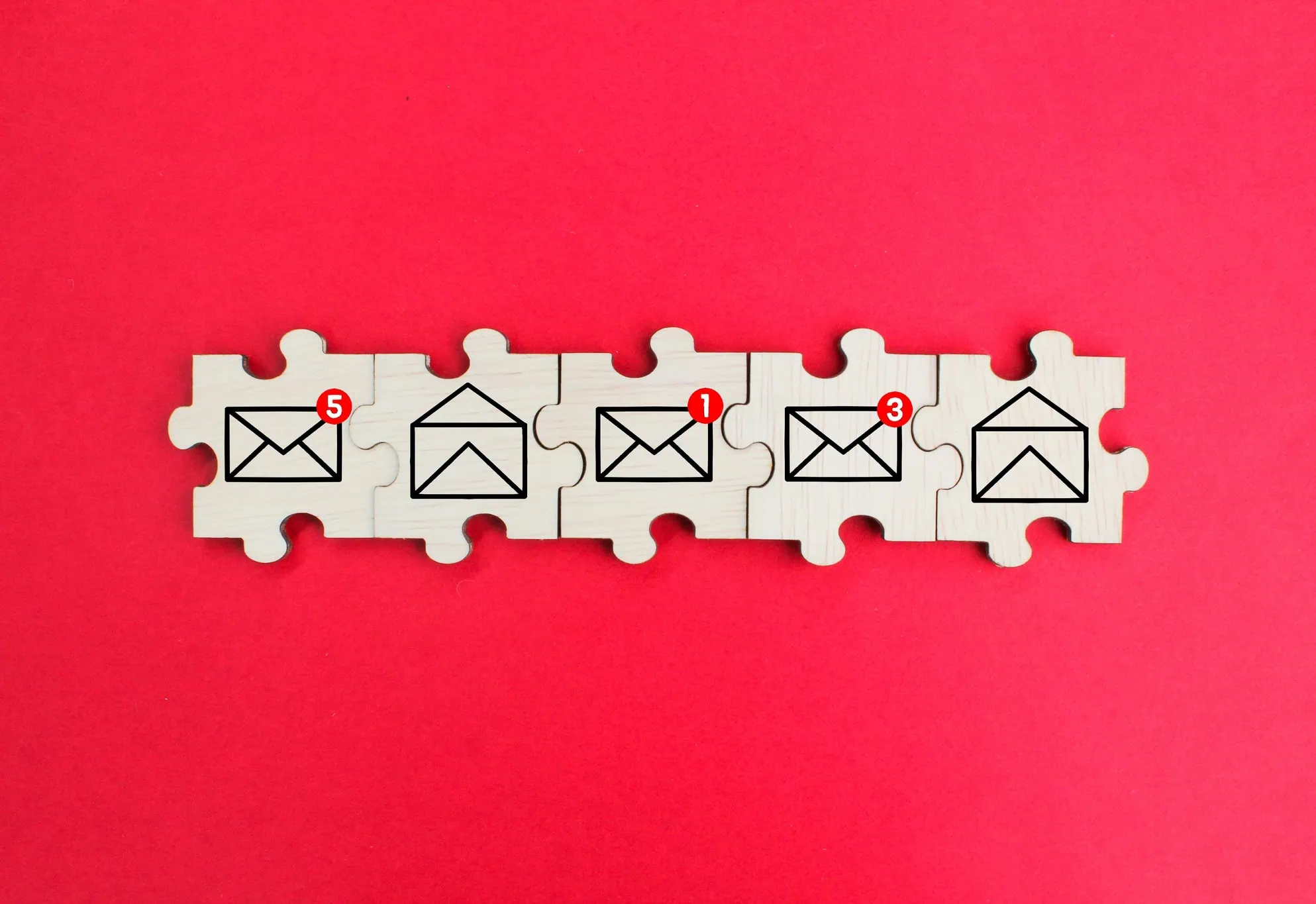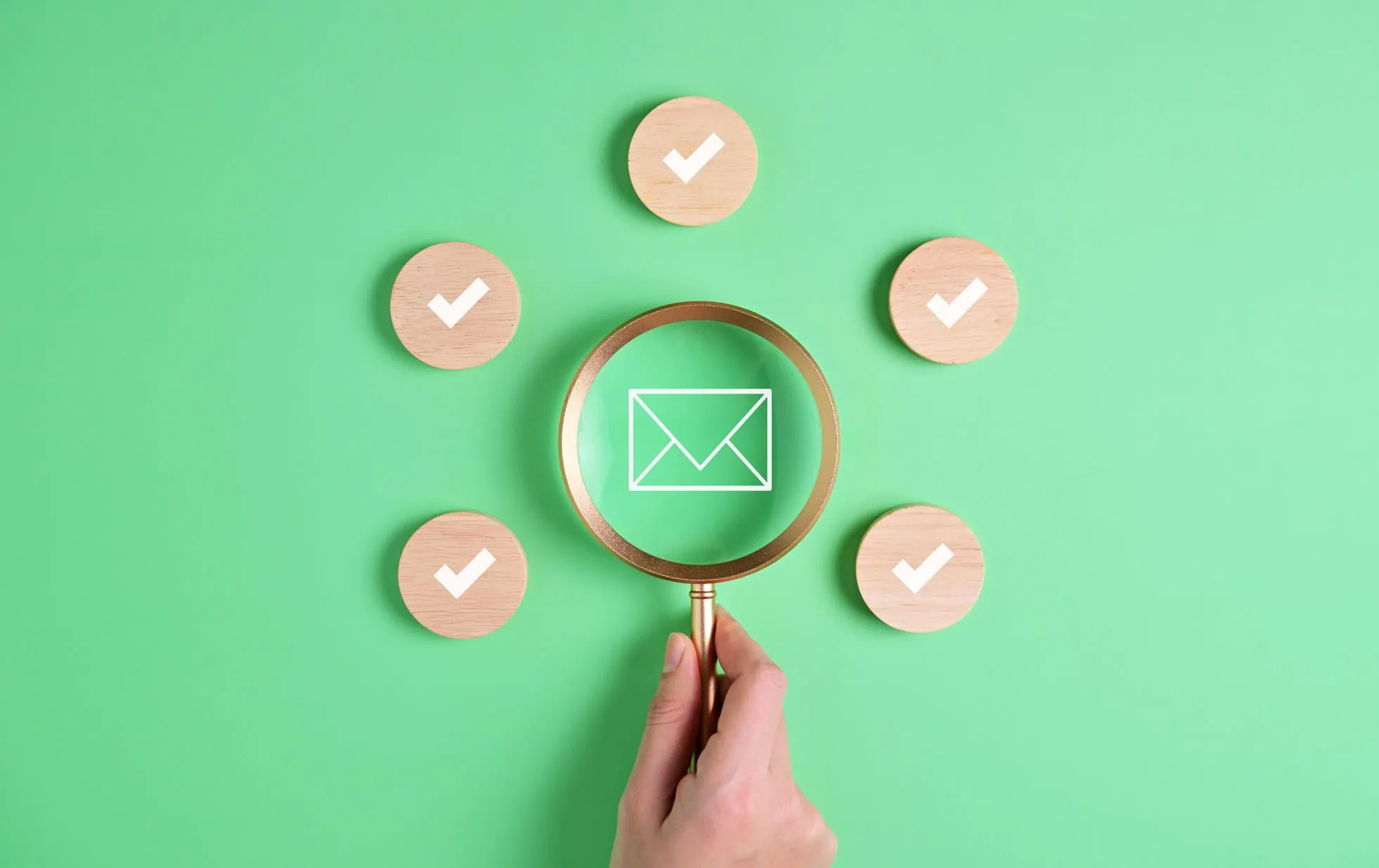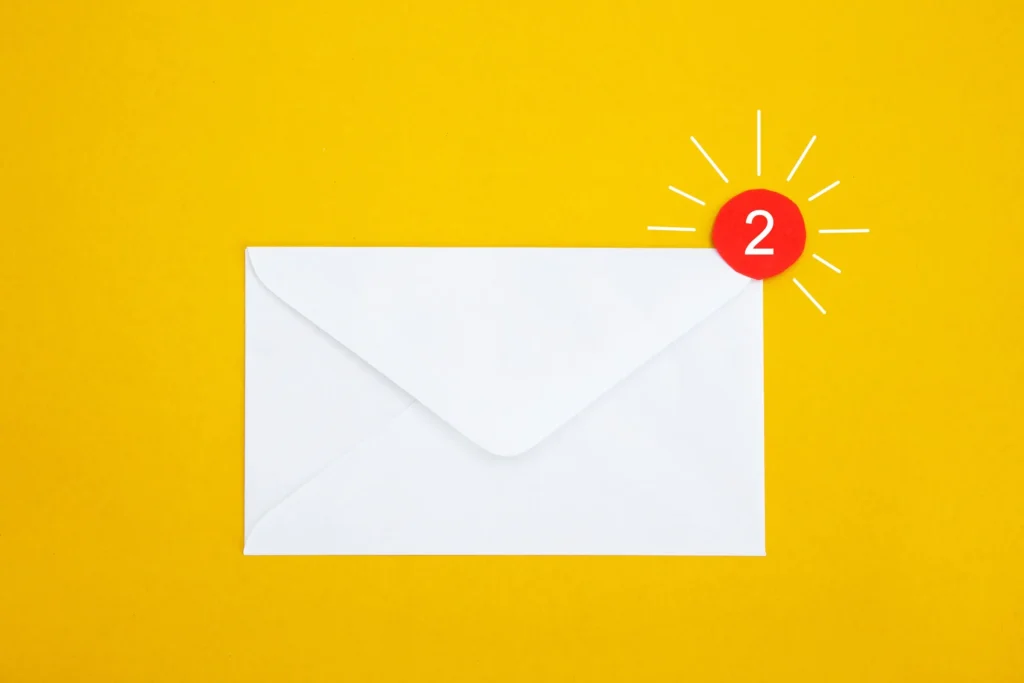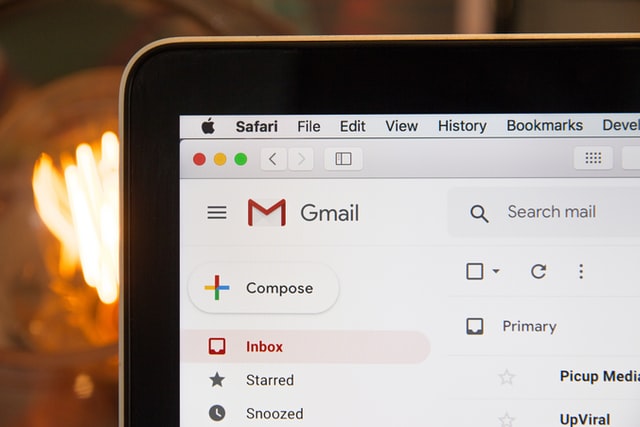The ideal time to send an email varies based on your audience and the type of email, but in general, weekday mornings between 9 and 11 a.m. tend to be most effective for both B2B and B2C communications. For B2B emails, it’s best to avoid late evenings and weekends. In contrast, B2C messages can sometimes perform well during evenings or on weekends, particularly if targeting individual consumers.
Email timing is one of the most overlooked levers in digital marketing. Done right, it’s invisible — your message just shows up when your audience is ready to engage. Done wrong, and it vanishes beneath the noise, unopened and unnoticed.
This guide cuts through generic benchmarks to help you pinpoint the best time to send emails in 2025 — based on audience type, industry, and behavioural patterns. Because good timing isn’t about guessing — it’s about strategy.
What’s the Best Time to Send an Email in 2025?
Let’s get the headline stat out of the way: across most platforms and studies, 10–11 AM on weekdays, particularly Tuesday, tends to outperform other times. That’s when people are focused, in work mode, and actively clearing their inbox.
But here’s the truth: there is no one-size-fits-all. The best send time depends on your audience’s habits, your industry, and your goal (opens vs clicks vs conversions).
Quick Takeaways:
- B2B emails tend to perform best during business hours (10 AM–2 PM)
- B2C emails often land better in the evening (6–8 PM) or weekends
- Your own data always trumps general benchmarks
Pro Insight: Use general best practices to start, but pivot based on engagement data. Your list’s behaviour is more valuable than any average.
Why Timing Your Emails Matters More Than Ever
You’re not just competing against other brands — you’re competing against 121 other emails per day, on average, in your subscriber’s inbox.
Timing affects:
- Visibility: Send during low-attention windows, and your email sinks.
- Engagement signals: Fast opens and clicks signal inbox providers to prioritise your future emails.
- Deliverability: Poor timing can lead to low engagement, which in turn affects your sender reputation.
And with mobile use, remote work, and international teams in the mix, traditional assumptions about “working hours” no longer apply.

Best Time of Day for Email Marketing
Monday
Not the powerhouse marketers hope for.
Morning inboxes are often flooded with weekend spillover. But by 2–4 PM, engagement picks up — especially in B2B.
Consumer brands can target 6–8 PM when people unwind and catch up online.
Tuesday
Top performer, hands down.
People are in work mode but not yet fatigued. Hit them between 10–11 AM or 2–3 PM for maximum impact.
Ideal for: SaaS, B2B, events, strategic announcements.
Wednesday
Midweek stability works in your favour.
It’s a solid day for both promotional emails and longer-form content like newsletters or roundups. Sweet spots? 10–11 AM and 2–4 PM.
Thursday
Think of Thursday as “Tuesday Lite”.
Great for time-sensitive offers or reminders. Morning (10 AM) and late afternoon (3–4 PM) are reliable.
Pro Tip: Want action before the weekend? This is your window.
Friday
High risk, low attention.
Fridays start strong but engagement drops after 1 PM as people mentally check out. B2C brands promoting weekend sales? Test sends at 10–11 AM or late afternoon (if your product is weekend-relevant).
Saturday
Industry-dependent wildcard.
B2B? Don’t bother. But if you’re in retail, fitness, events, or entertainment — 10 AM–2 PM can work well as people plan their weekend.
Sunday
The dark horse of email marketing.
6–8 PM Sunday evening works surprisingly well for newsletters and planning-related content. It’s the “get ready for the week” mindset.
Best Times by Industry
Different industries = different rhythms.
Industry | Optimal Send Times |
Technology & SaaS | Tues–Thurs, 10 AM–12 PM |
Retail & eCommerce | Weekday evenings (6–8 PM) + Sat/Sun 10 AM–1 PM |
Healthcare & Wellness | Tues/Wed mornings (9–11 AM) |
Finance | Tues–Thurs, 10 AM–2 PM |
Education / Training | Weekday evenings (5–7 PM), especially Sunday |
Best Time to Send an Email to Get a Response by Audience Type
Audience behaviour can override industry averages.
- Working professionals: Weekdays 10–11 AM or lunch (12–1 PM)
- Parents: Mid-morning (9–10 AM) or evenings (7–9 PM)
- Students: Late afternoon or evenings (especially Sunday)
- Retirees: Weekday mornings (8–10 AM)
- Global recipients: Use dynamic sending or segment by time zone
Morning vs Afternoon vs Evening Sends
Time of Day | Strengths | Risks |
Morning (9–11 AM) | High open rates, inbox-clearing mindset | High competition |
Afternoon (1–3 PM) | Productive lull, post-lunch attention | Lower energy |
Evening (6–8 PM) | Strong for B2C, leisure mindset | Risk of being buried overnight |
Tip: Avoid very early (before 8 AM) and very late (after 9 PM) unless your audience explicitly prefers it.
Time Zones & Global Considerations
If you’re emailing a global list, don’t blast everyone at once.
- Segment by region or country
- Use ESPs with time zone sending (e.g. Mailchimp, Klaviyo)
- Prioritise the timezone of your core market
- Consider cultural habits (e.g. Friday = weekend in Middle East)
Worst Times to Send an Email
Avoid these unless you’re testing something very niche:
- Monday 6–9 AM – post-weekend backlog
- Friday after 3 PM – people are checked out
- Late night (9 PM+) – unless you’re BuzzFeed
- During major holidays or school breaks – engagement is unpredictable

How to Find the Best Time to Send Email Newsletter for Your List
Benchmarks are great. But nothing beats real data.
- Look at past campaigns – Which days/times had the highest open + click rates?
- A/B test one variable at a time – Time of day, then day of week
- Use send-time optimisation – Let your ESP learn from behaviour
- Survey your audience – Ask them when they prefer to receive emails
- Check web analytics – When are users most active on your site?
Tools That Can Help
- Mailchimp: Send Time Optimisation based on recipient history
- Klaviyo: Smart sending + engagement-based suppression
- ConvertKit: Time zone sending + automation rules
- Seventh Sense: AI-powered send-time optimisation (works with HubSpot, Marketo)
- Google Analytics: See when traffic peaks for campaign alignment
Common Mistakes to Avoid
- Sending based on your schedule, not your audience’s
- Ignoring time zones or sending globally at midnight GMT
- Optimising only for open rates (clicks and conversions matter more)
- Using benchmarks instead of testing
- Overlooking seasonality (holidays, school terms, summer slowdowns)
Advanced Tactics: Dynamic Send Times & Behavioural Triggers
Want next-level timing?
- Behavioural triggers: Send based on actions (site visits, abandoned carts, downloads)
- Lifecycle-based timing: New subscribers = different rhythm than loyal buyers
- Dynamic send-time: Use AI to deliver at each person’s peak engagement time
These strategies help you win the attention war — not by being louder, but by being better timed.
Final Thoughts: Timing Is Your Secret Weapon
There’s no “magic hour” that guarantees success. But there is a best time for your audience — and it’s discoverable.
Start with proven timeframes (like Tuesday 10 AM), then test, measure, and iterate. Timing alone won’t save bad content — but it will amplify great content that’s sent with precision.
The best time to send an email? When your audience is ready to read it.


